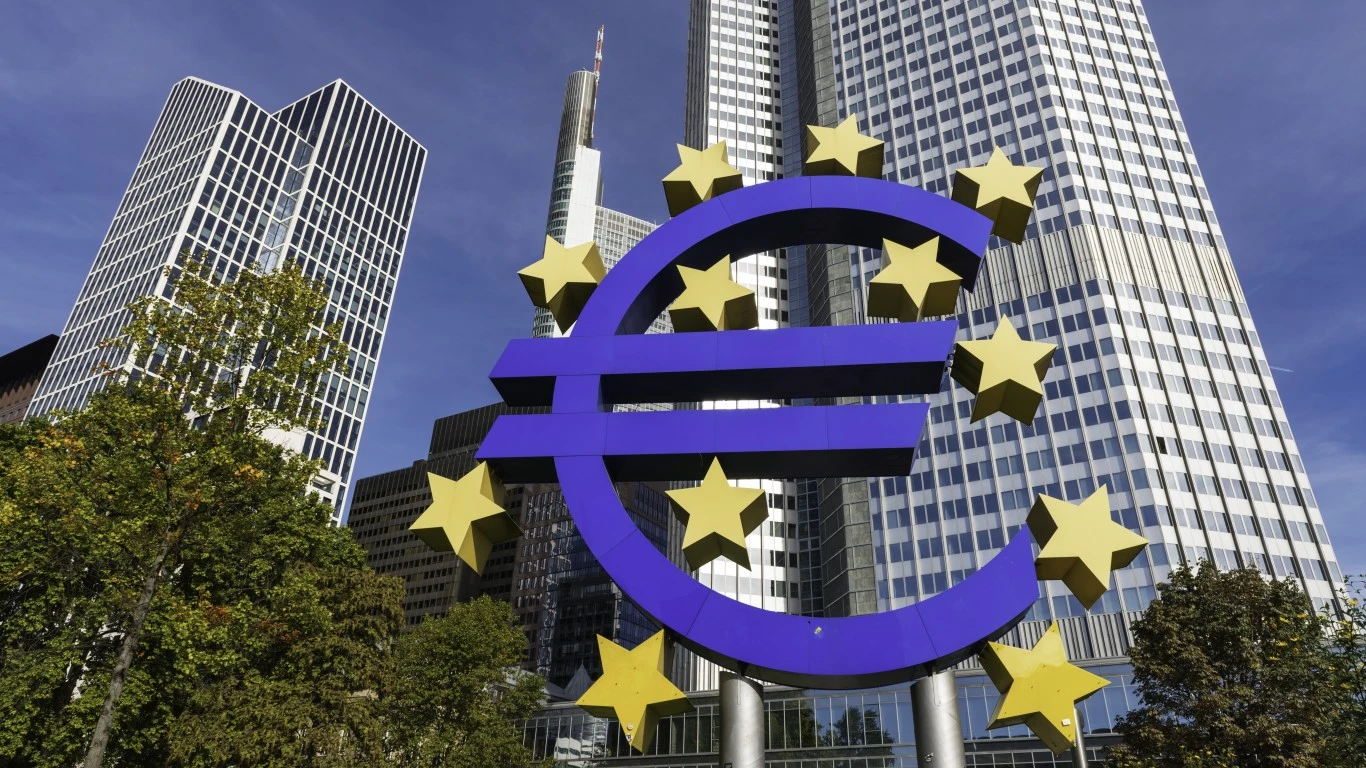
By David Callaway, Callaway Climate Insights
In the latest edition of Callaway Climate Insights:
- Can Europe’s central bank reverse the world’s waning climate momentum?
- Is the Nobel Peace Prize cursed? For journalists it just might be.
- California’s tries its trendsetting auto emissions rules on the plastics business.
- The few brave climate startups still raising money this summer.
As the U.S. dithers over how to make companies disclose more climate risk and whether government agencies can regulate the transition to renewable energy, Europe’s central bank is forging ahead with plans this summer to make climate a top priority in its overall monetary policy.
The European Central Bank today unveiled plans to move its 350-billion-euro ($358 billion) corporate bond portfolio to more climate friendly issuers starting in early 2023. ECB President Christine Lagarde said that as bonds are redeemed over time, new ones from companies seeking to decarbonize will be favored over those of polluters.
The ECB said it will also begin to limit the amount of high-carbon assets bond issuers can use as collateral against their loans, effectively punishing polluters for the first time as part of the bank’s inflation-fighting monetary mandate. The announcement came after the central bank last week suggested that European member banks factor in a cut in all Russian gas to the continent this winter in the stress tests of their portfolios against economic hardship.
“We are in the midst of multiple crises, including climate change, that are challenging our society and economy,” Lagarde said in a statement. “With these decisions we are turning our commitment to fighting climate change into real action.”
The moves are a welcome claim to leadership in the fight against global warming by Lagarde and the ECB at a time when the European Union in general is breaking down over energy shortages tied to the Russian invasion of Ukraine. A report earlier today said Europe used more fossil fuels than renewable energy last month, a reversal from two years of renewables leading.
With the public sector effectively at a standstill this summer, investors will now look to the central banks for guidance. The ones who provide it will be the ones who dictate how finance in the near future works.
To read the full column, all our insights, news and in-depth interviews, please subscribe and support our great climate finance journalism.





